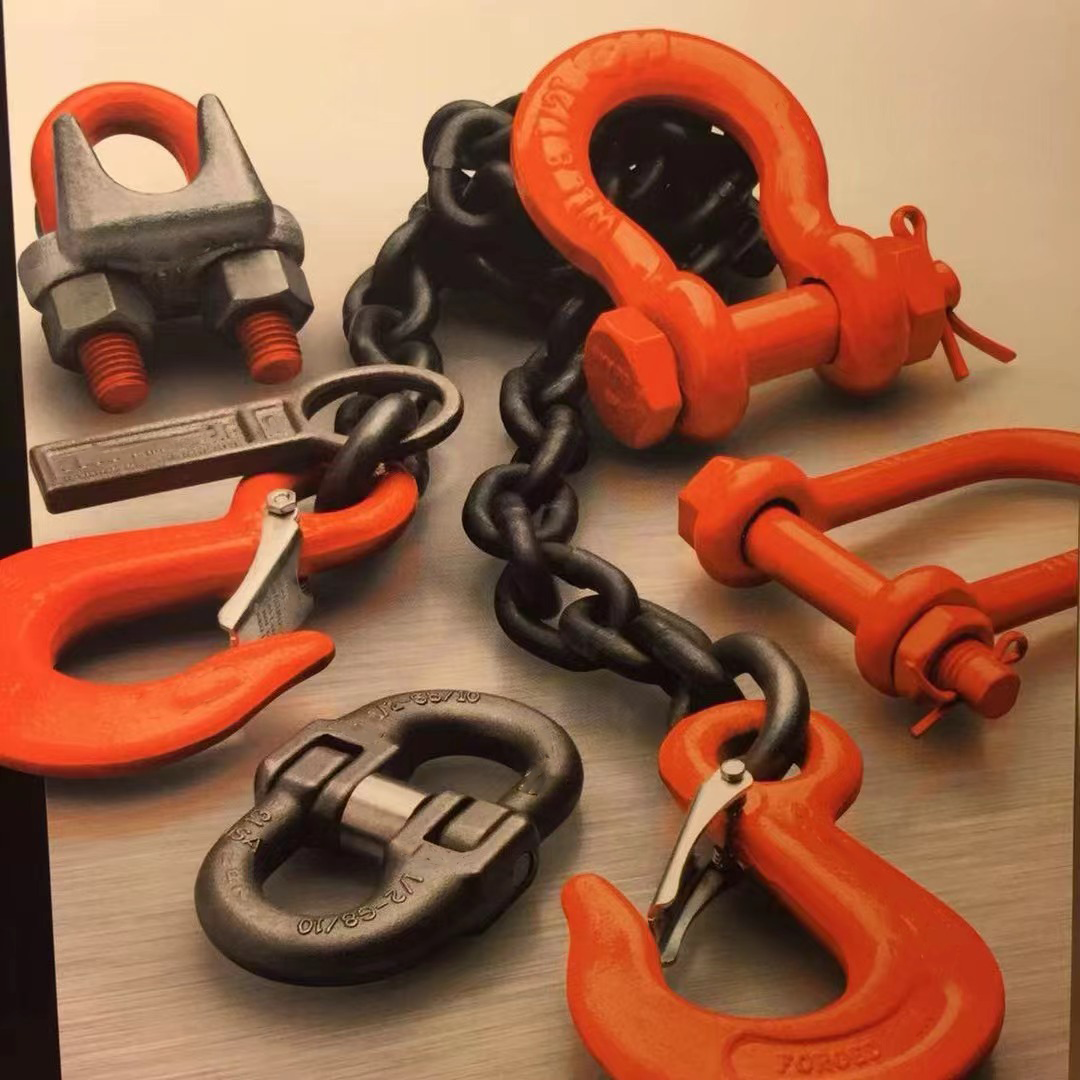Our staff will contact you within 12 hours, You can also contact us through the following ways:
Contact US WhatsApp: +86 18263873187
- Email: [email protected]
- Tel: +86 18263873187
- Web: www.lifting-chain.com
G80 alloy lifting chains thrive in hot, gritty, and spark-prone sites, yet safe chain lifting starts with planning, sizing, and disciplined inspection. This guide turns field rules into a step-by-step playbook you can follow at the hook: confirm the real load, lock the angle band, apply the correct mode factor, select the first lifting chain size that clears the math, and record the tag data. You also protect links at edges, respect temperature limits, and withdraw damaged gear before it fails. Use these practices while you compare chain slings for sale, and you keep crews, cranes, and schedules on track.
Write down the heaviest routine load and mark the center of gravity. Choose legs for stability—single for vertical picks, two or three for beams and plates, four for frames and cages. Keep the angle to vertical between 15° and 60°; wide spreads raise leg tension, while ultra-narrow spreads wobble and overload a single leg. Check the drawing, then confirm headroom and hook reach so you avoid rushed re-rigs.
Multiply the load by the mode/angle factor, then open the manufacturer’s WLL table and pick the first diameter that exceeds the result. Leave ~10% throat clearance between hook and load point. If the hook or pocket runs tight, step up one size or switch to G100 for extra capacity at the same diameter; if you only need robust value, stay with G80. Keep grade-matched components throughout the assembly.
Mode & Angle Factors (quick view)
Configuration | Angle to Vertical (β) | Factor (×) |
Single-leg, vertical | 0° | 1.0 |
Two-leg, balanced | 0°–45° | 1.4 |
Two-leg, wide | 45°–60° | see table (capacity drops) |
Three/Four-leg, balanced | 0°–45° | 2.1 |
Three/Four-leg, wide | 45°–60° | 1.5–1.6 |
Choker (running noose) | — | 0.8 |
Use grab/shortening hooks to equalize legs; never knot or twist chain to lose length. Choose eye sling hooks for general work, self-locking hooks over busy walkways, and foundry hooks when you need wide throats for trunnions or pins. Back-hook any unused leg to the master link so it cannot snag during a pick or travel.

Run G80 within −40 °C to +200 °C at full rating. Derate 10% from 200–300 °C and 25% from 300–400 °C; park the sling outside these limits. Keep chains away from acids, alkalis, and pickling lines. If contamination occurs, rinse with cold water, dry thoroughly, and send the sling to a competent inspection before you return it to service. Skip unapproved coatings or plating on finished slings.
Temperature & Chemical Quick-Ref
Range / Condition | Action |
−40–200 °C | Use at full WLL |
200–300 °C | Derate 10% |
300–400 °C | Derate 25% |
< −40 °C or > 400 °C | Remove from service |
Acid/alkali contact | Rinse, dry, inspect |
Place pads or corner protectors anywhere links meet edges. Use these simple reductions when you cannot improve the radius:
Edge Radius (R) vs Link Ø (d) | Capacity Rule |
R ≥ 2d | No reduction |
R ≈ d | × 0.7 |
Sharp edge | × 0.5 |
Add spreader beams when geometry forces harsh angles, and keep slings free from twists so legs share load evenly.
Check before every lift, then schedule thorough examinations on a defined interval. Pull the sling from service when any of the following triggers appear:
Wear: average link diameter reduction ≥ 10%
Stretch: five-link pitch growth ≥ 3%
Hook deformation: throat opening > 10% over nominal
Cracks, deep nicks, heat tint, or stiff articulation on any component
ID loss: missing or unreadable tag/embossing
Log results with date, inspector, measurements, and actions; disciplined records shorten audits and protect uptime.
Confirm weight and COG, match leg count, set the angle band, place pads at edges, and test-lift a few centimeters to watch leg tension equalize. Keep body parts clear, guide with tag lines, and lower smoothly while a spotter checks for snag hazards. You will lift faster because you eliminate re-rigs, and you will lift safer because your lifting chain math tracks the real geometry on the hook.
Follow this G80 field guide—plan carefully, size by the table, guard edges, and inspect with discipline—and your chain lifting runs clean while you compare chain slings for sale and choose the exact lifting chain that fits your job.